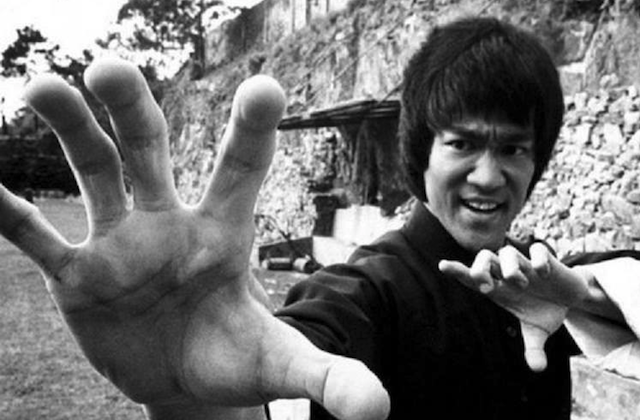How Bruce Lee's 'Enter the Dragon' Opened Doors for APIA Film Heroes

Bruce Lee died from cerebral edema soon after filming "Enter the Dragon," the 1973 martial arts action film that was supposed to catapult him to stardom in the United States. Experts and fans revisit the film's legacy, in tandem with yesterday's (August 19) 45th anniversary of its release, for a new piece from NPR.
The audio segment and accompanying article chronicle Lee's move from Hong Kong, where he starred in popular films as a child, back to California, where he was born. His martial arts prowess eventually landed him a supporting role in "The Green Hornet," which made him one of few Asian-American actors (including "Star Trek" actor George Takei) to make a splash in late-'60s Hollywood.
"Up until 'The Green Hornet,' it really was pretty much a wasteland as far as Asian-American continuous representation on television [was concerned]," writer Jeff Yang notes.
"Bruce Lee: A Life" author Matthew Polly notes that "Enter the Dragon" aimed to destroy prevailing anti-Asian film stereotypes:
What Bruce Lee wanted to do was to create a heroic, Asian male character, but it simply didn't exist. There were only two types of roles, Fu Manchu, the villain, and Charlie Chan, the model minority, and both of these characters were played by White actors in multiple films during the '50s and '60s.
"Enter the Dragon," which daughter Shannon Lee ("Blade") calls "a very precious film for [her father]," opened space for a new kind of Asian-American film character: a heroic one, rooted in strength instead of submissiveness. Angry Asian Man founder Phil Yu, who co-hosts the podcast "They Call Us Bruce" with Yang, speaks to how the movie had a lasting influence on Hollywood action films:
You know, we take for granted now that Hollywood action movies, they have martial arts, they have fight choreography, they do all this amazing stuff. But before then, we hadn't really seen martial arts in that context in a Hollywood film.
Listen to the segment below:
